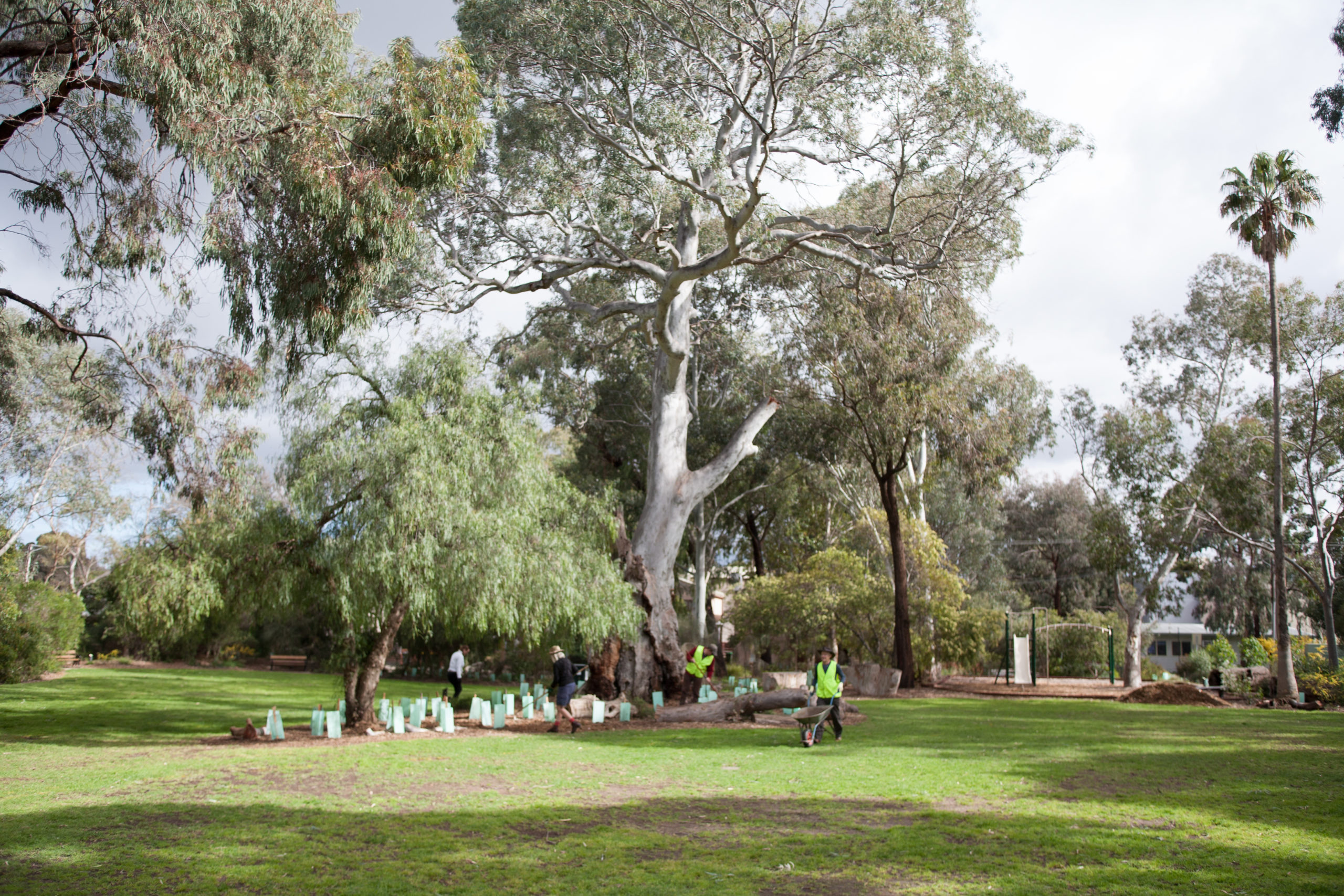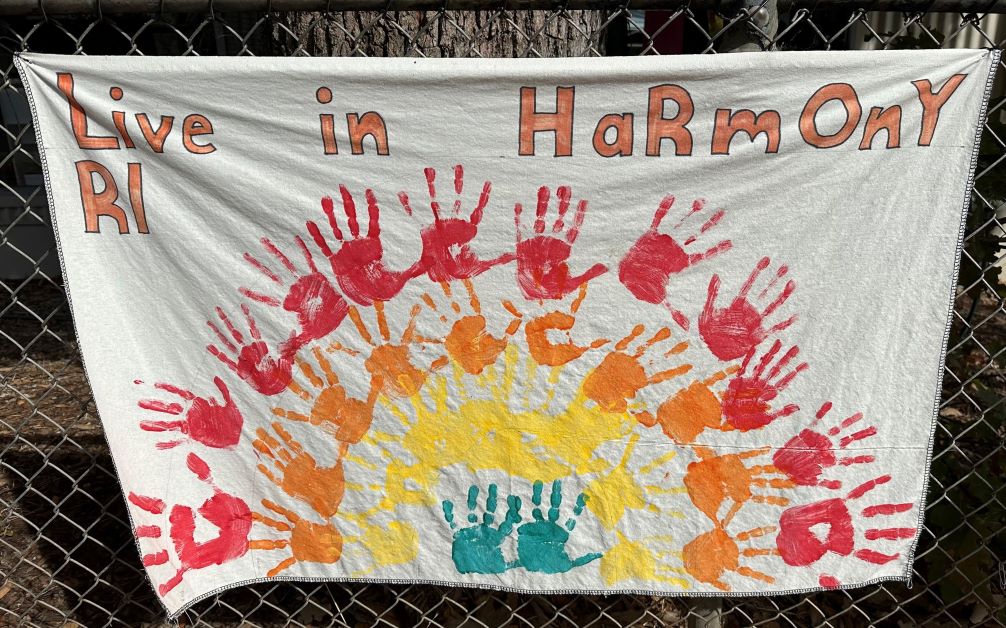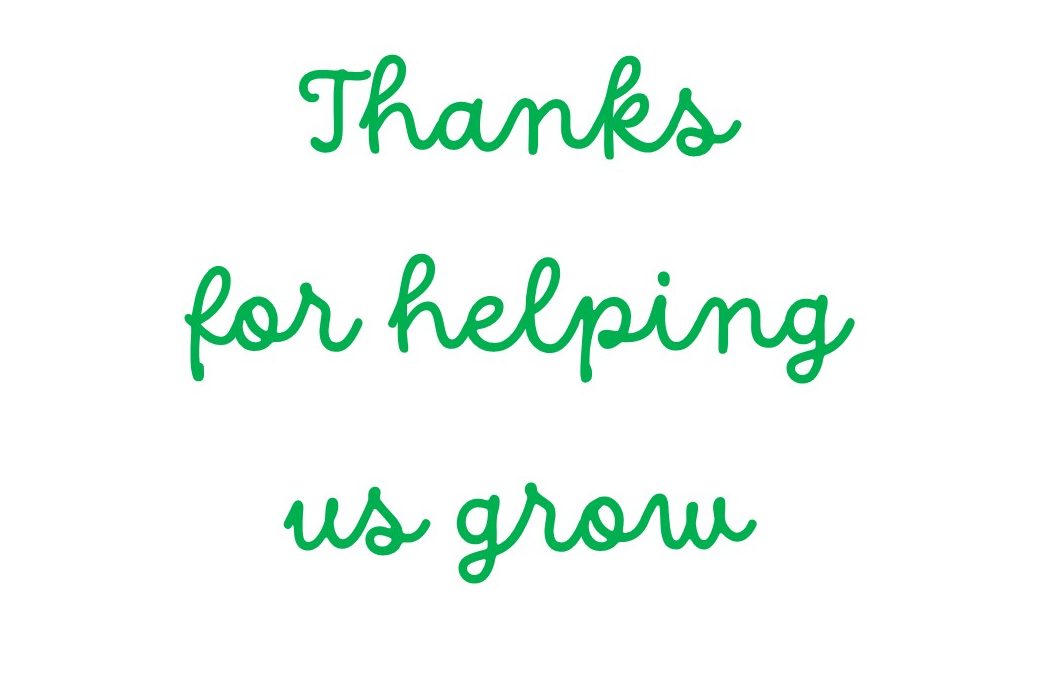The Kensington Residents’ Association acknowledges the Kaurna People as the Traditional Owners of the land now known as Kensington.
We pay our respects to Elders past, present, and emerging. We celebrate the stories, culture, and traditions of the Aboriginal and Torres Strait Islander Elders of all communities who also live on this land.
The Kensington Residents’ Assocation Incorporated (KRA) represents the residents of Kensington, one of SA’s oldest suburbs.
The KRA was established in 1977 and is one of the oldest residents’ associations in South Australia. We represent all residents of Kensington in South Australia, the small and historic suburb with the unusual diagonal street pattern. The KRA is your voice to local and state government on everything from heritage laws to traffic, from street trees to rubbish collection.
Everyone can join us; businesses, home owners, and renters alike. We work to enhance social connections across the suburb, sharing information, supporting positive connections between neighbours, fostering community identitiy.
Check out our Aims and Achievements and the many ways to Get Involved.




